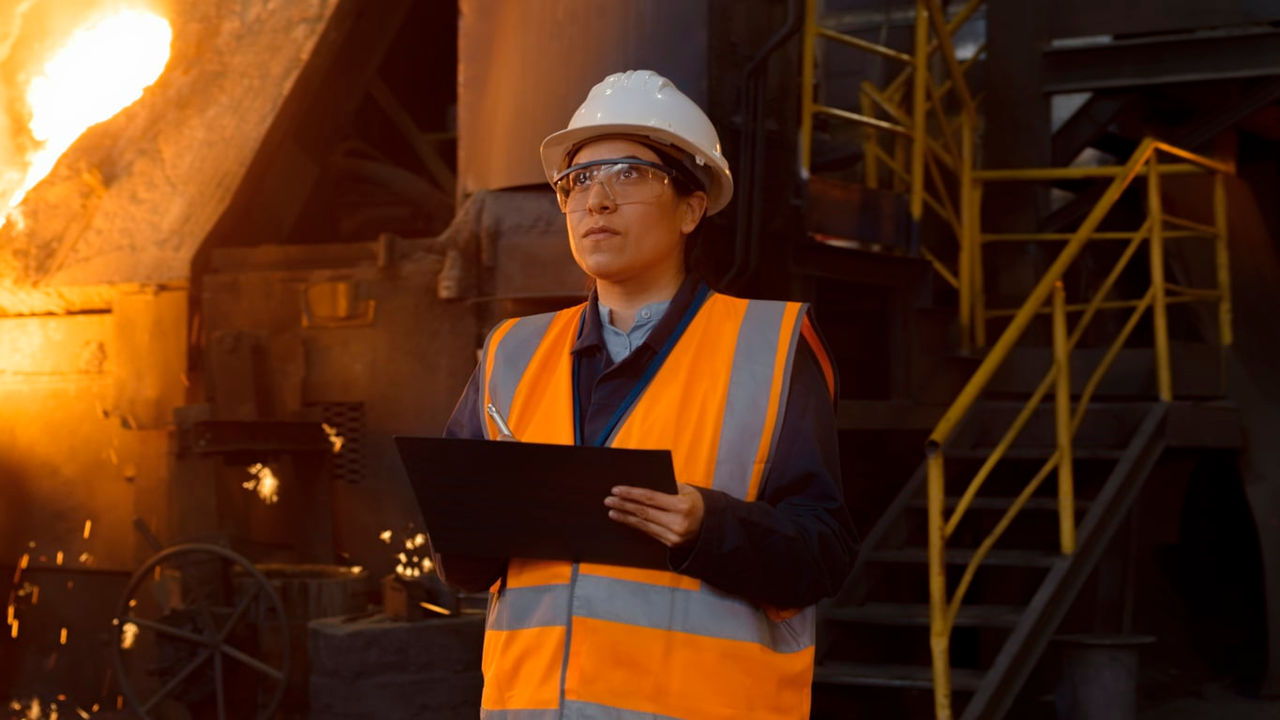California's outdoor heat illness prevention standard is well known by employers with employees who commonly work outside. While there is no official indoor heat illness standard, employers still need to consider heat hazards when evaluating workplace safety, especially in light of the federal Occupational Safety and Health Administration's National Emphasis Program (NEP) for outdoor and indoor heat-related hazards.
Although the California Division of Occupational Safety and Health (Cal/OSHA) has been working on a proposed standard to cover heat illness prevention in indoor places of employment since 2017, to date the standard has not been approved. Despite no formal standard, Cal/OSHA is stepping up enforcement of indoor heat hazards, presumably due to the NEP, under California's version of the General Duty Clause: Title 8 Cal. Code Regs., Section 3203.
The state requires employers to, among other things, identify and evaluate workplace hazards, and correct unsafe or unhealthy conditions based on the severity of the hazards. Employers should document their assessment pursuant to Section 3203.
In assessing indoor heat hazards, employers should consider the following issues:
- High air temperature.
- High level of humidity.
- Poor air movement.
- Radiant heat sources, such as furnaces or machinery.
As with other workplace hazards, if heat hazards are identified indoors, employers should consider developing a written plan to protect employees and should include items such as training, personal protective clothing or equipment, engineering controls, administrative measures, and other measures to mitigate potential harm to employees.
Although California employers may already have plans in place for employees who work outdoors, a written plan for indoor workers is a good idea, especially with increased enforcement by Cal/OSHA.
Sean Paisan is an attorney with Jackson Lewis in Orange County, Calif. © 2022. All rights reserved. Reprinted with permission.
An organization run by AI is not a futuristic concept. Such technology is already a part of many workplaces and will continue to shape the labor market and HR. Here's how employers and employees can successfully manage generative AI and other AI-powered systems.




